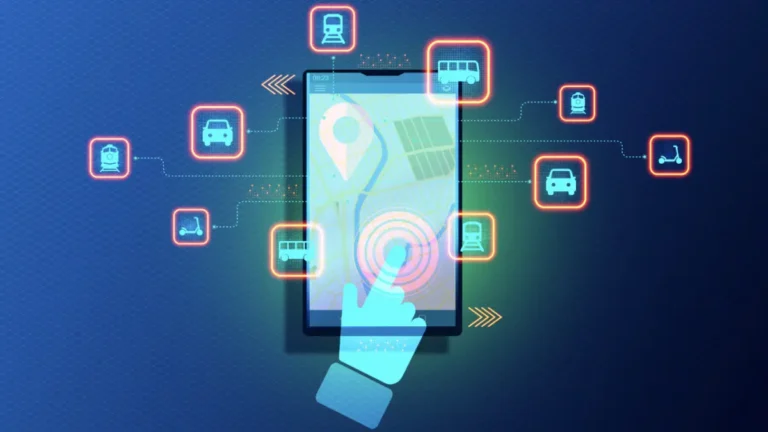In today’s rapidly evolving world, the logistics industry is a hub of innovation. Among the most transformative developments in recent years is the integration of automation and optimization in freight dispatch. This blog delves into how these technologies are revolutionizing logistics, boosting efficiency, cutting costs, and enhancing customer satisfaction.
The Role of Automation in Freight Dispatch
Automation is transforming freight dispatch by streamlining tasks that were traditionally labor-intensive and time-consuming. For a practical example of how automation and optimization can streamline freight dispatch, visit www.shiply.com to see cutting-edge solutions in action. Here are some key areas where automation is making a significant impact:
1. Route Planning and Optimization: Automated systems leverage advanced algorithms to analyze traffic patterns, weather conditions, and delivery schedules, determining the most efficient routes. This reduces fuel consumption, shortens transit times, and reduces operational costs.
2. Load Balancing and Capacity Management: Automated dispatch systems optimize load distribution across vehicles and routes, ensuring maximum capacity utilization. This prevents resource underutilization and reduces the need for extra trips.
3. Real-Time Tracking and Monitoring: IoT devices and GPS technology enable real-time shipment tracking. Dispatchers can monitor delivery progress, anticipate delays, and address issues proactively.
4. Communication and Coordination: Automated systems enhance communication between drivers, dispatchers, and customers. Integration with mobile apps and digital platforms ensures that all parties have access to up-to-date information and can communicate instantly.
Benefits of Automation in Freight Dispatch
The implementation of automated systems offers numerous advantages for logistics companies and their customers:
1. Increased Efficiency and Productivity: Automating routine tasks like scheduling and routing allows logistics companies to allocate resources more effectively. This leads to faster turnaround times, higher productivity, and improved overall efficiency.
2. Cost Savings: Automation reduces labor costs associated with manual dispatching and scheduling. Optimized routes and load balancing also cut fuel expenses, leading to significant savings for logistics companies.
3. Enhanced Customer Service: Real-time tracking and proactive communication enhance transparency and reliability. Customers receive accurate delivery estimates and can track their shipments, leading to higher satisfaction and improved customer retention.
4. Sustainability: Optimized routes and lower fuel consumption promote environmental sustainability by reducing carbon emissions. Automation encourages eco-friendly practices in the logistics industry, aligning with global sustainability efforts.
Challenges and Considerations
Despite the substantial benefits of automation in freight dispatch, several challenges must be addressed:
1. Initial Investment and Integration: Implementing automated systems requires a significant upfront investment in technology and infrastructure. Integrating these systems with existing IT infrastructure and training employees can also be challenging.
2. Data Security and Privacy: Handling sensitive data such as customer information and shipment details requires robust cybersecurity measures to prevent unauthorized access and data breaches.
3. Regulatory Compliance: Logistics companies must comply with regulations and standards related to data privacy, vehicle safety, and environmental impact. Automated systems must adhere to these regulations to avoid legal issues.
Future Outlook
The future of freight dispatch lies in ongoing advancements in automation and optimization technologies. Predictive analytics, AI-driven decision-making, and further integration of IoT devices are expected to enhance efficiency and responsiveness in logistics operations.
In conclusion, automation and optimization are revolutionizing freight dispatch by driving efficiency, reducing costs, and improving customer satisfaction. As technology continues to advance, logistics companies that embrace these innovations will gain a competitive edge in the dynamic global market.
